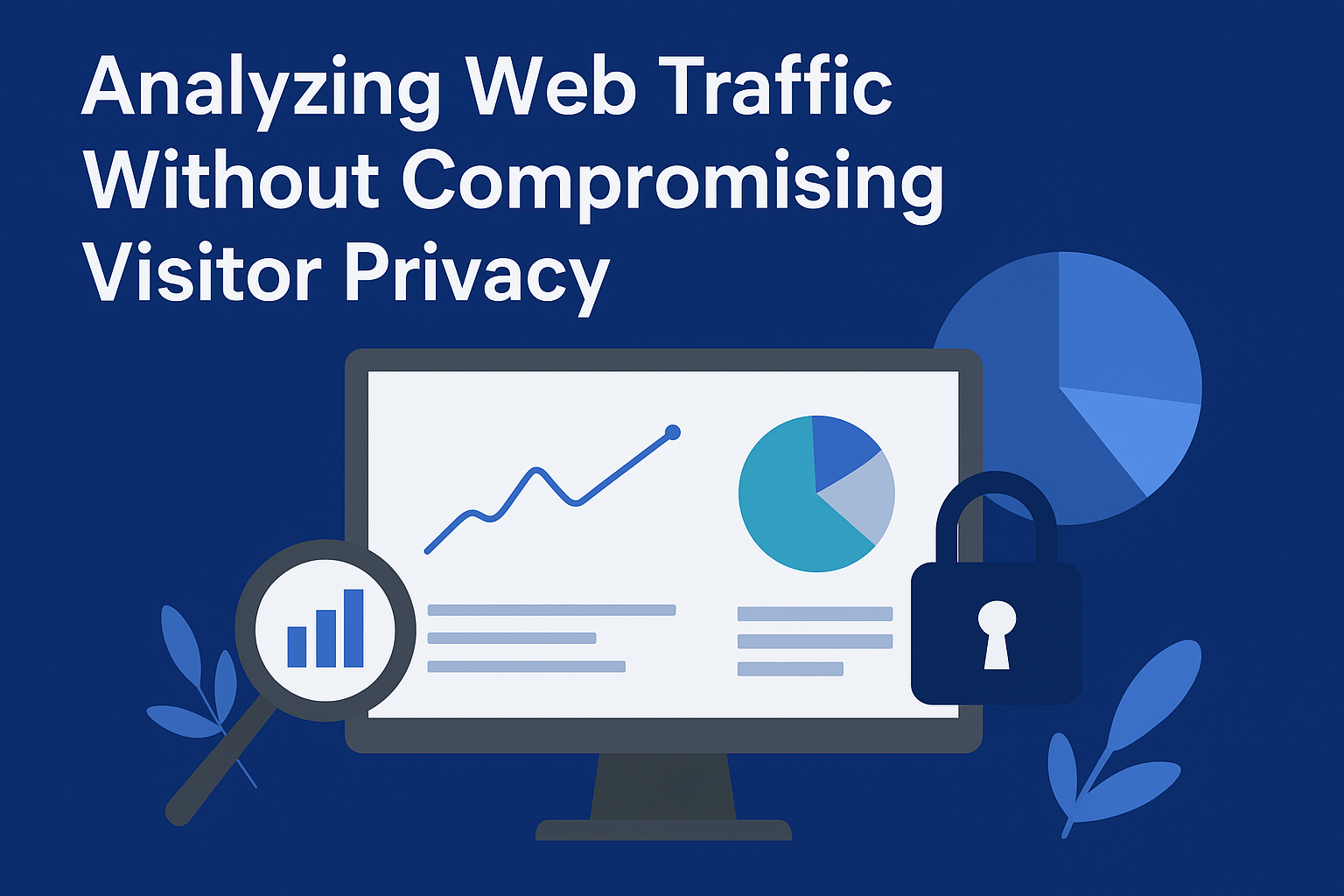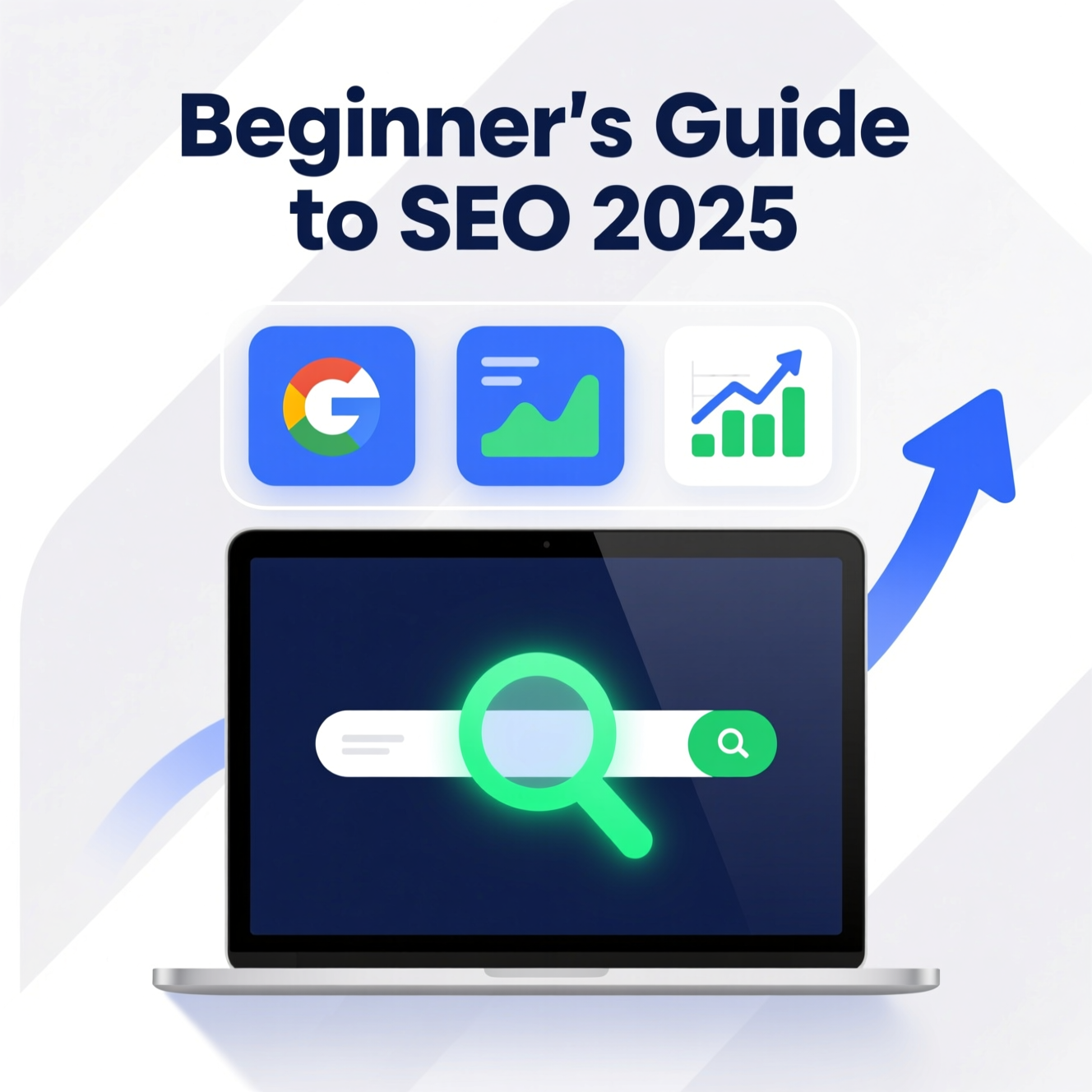
In today’s digital world, analyzing web traffic is essential for growth—but protecting visitor privacy is just as important. With evolving privacy laws and Google’s latest SEO updates in 2025, websites must find ways to gain insights without sacrificing trust.
This guide explores privacy-friendly analytics strategies, tools, and SEO optimization tips that help you balance data insights with compliance and user trust.
Why Privacy Matters for Analytics and SEO
Compliance with laws like GDPR, CPRA, and other global regulations.
Building user trust leads to better engagement and higher conversions.
SEO benefits: Page experience, Core Web Vitals, and transparency are all indirect ranking signals Google values.
Google’s SEO Trends in 2025 That Support Privacy-First Analytics
1. First-Party Data & Cookieless Tracking
Third-party cookies are disappearing. Focus on first-party, consent-based data collection and cookieless analytics platforms.
2. Core Web Vitals & Page Speed
Heavy tracking scripts can slow your site and hurt your LCP, INP, and CLS scores. Use lightweight analytics.
3. E-E-A-T (Experience, Expertise, Authoritativeness, Trustworthiness)
Transparent data practices build credibility and trust—factors Google rewards.
4. Structured Data & Answer Engine Optimization
Schema markup + analytics insights help you capture featured snippets and voice search queries.
5. User Intent & Content Clusters
Analytics should help you understand topics, not just keywords. This aligns with Google’s semantic search updates.
Privacy-Friendly Analytics Practices
| Practice | Benefit |
|---|---|
| Consent-based tracking | Builds trust and ensures compliance |
| Data anonymization | Protects user identity while still giving insights |
| Limit third-party scripts | Boosts speed and security |
| Use privacy-focused tools | Platforms like Matomo, Plausible, Umami, or GA4 with consent mode |
| Aggregate & sample data | Track trends without personal info |
| Server-side logs | More control over what’s stored |
| Data audits | Reduce what you collect and store |
| Transparent policies | Improves trust and SEO credibility |
Step-by-Step SEO & Privacy Strategy
Audit your analytics tools – Remove unnecessary trackers.
Switch to privacy-focused platforms – Configure GA4 or use open-source alternatives.
Implement consent management – Use banners with clear opt-in/opt-out.
Optimize Core Web Vitals – Minimize tracking script load times.
Use structured content – Add FAQ schema and topic clusters for SEO.
Track essential KPIs only – Bounce rate, conversions, dwell time, scroll depth.
Update regularly – Refresh old posts, adjust tracking, stay aligned with Google updates.
Balancing Trade-Offs
Less granular user data → Use aggregate insights.
Limited attribution → Apply channel modeling.
Initial setup cost → Long-term compliance and trust payoff.
Conclusion
Analyzing web traffic without compromising visitor privacy is not only possible—it’s the future. By focusing on first-party data, lightweight analytics tools, Core Web Vitals, and transparent policies, you’ll gain actionable insights, build user trust, and improve your SEO performance in 2025 and beyond.
